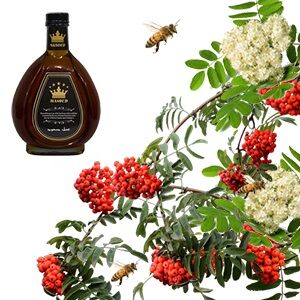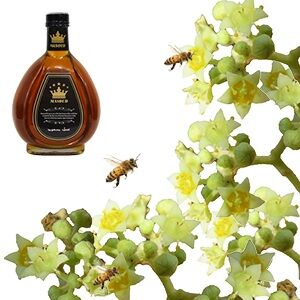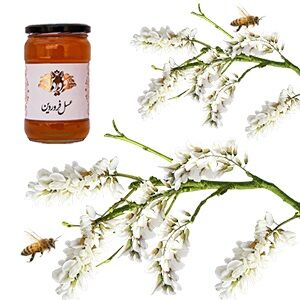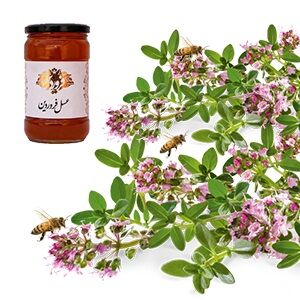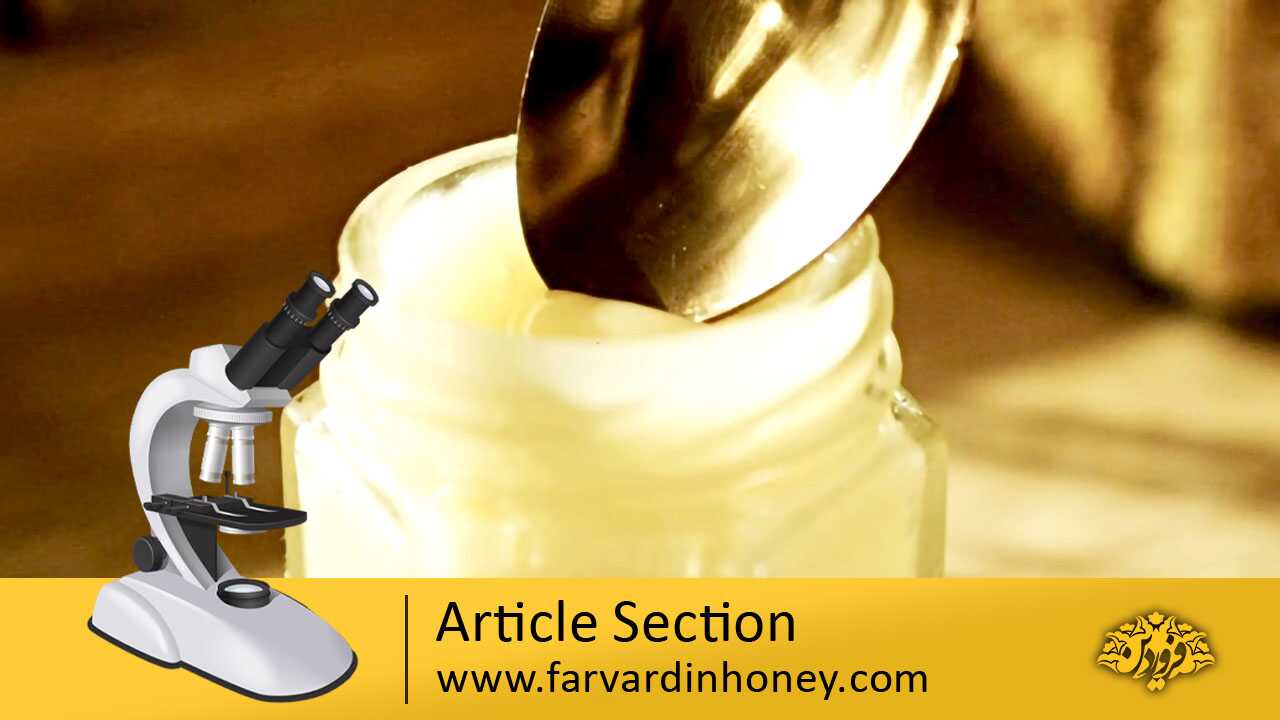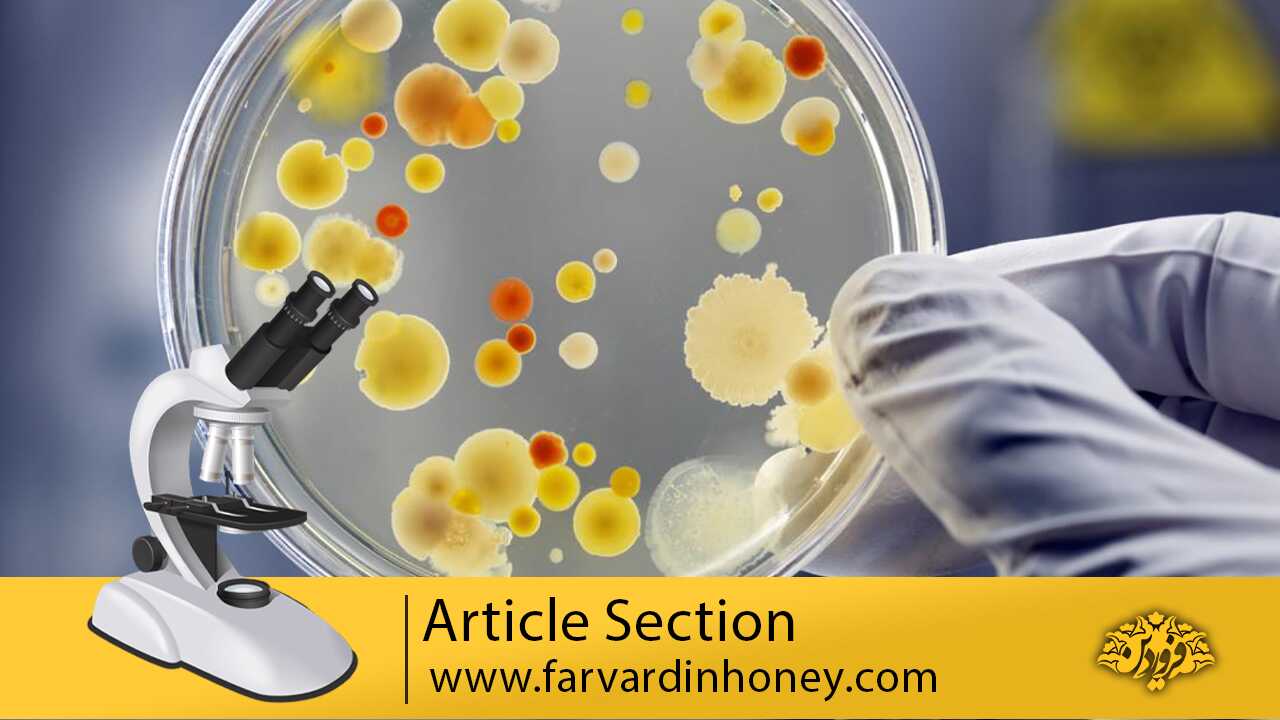Anti-Cancer and Protective Effects of Royal Jelly for Therapy-Induced Toxicities in Malignancies
- محمد رسول رسولی منش
- 3 سال پیش
- بدون پاسخ
اطلاعات مقاله:
- نویسنده / نویسندگان مقاله : Yasuyoshi Miyata, Hideki Sakai
- ناشر مقاله : Int. J. Mol. Sci.
- زبان مقاله : انگلیسی
- سال انتشار : 2018 - 1397
- کلمات کلیدی فارسی : اثرات ضد سرطانی
- کلمات کلیدی انگلیسی : Anti-cancer Effects
چکیده ای از مقاله:
Royal jelly (RJ) is a glandular secretion produced by worker honeybees and is a specialfood for the queen honeybee. It results in a significant prolongation of the lifespan of the queenhoneybee compared with the worker honeybees through anti-inflammatory, anti-oxidant andanti-microbial activities. Consequently, RJ is used as cosmetic and dietary supplement throughout theworld. In addition,in vitrostudies and animal experiments have demonstrated that RJ inhibits cellproliferation and stimulates apoptosis in various types of malignant cells and affects the production ofvarious chemokines, anti-oxidants and growth factors and the expression of cancer-related moleculesin patients with malignancies, especially in patients treated with anti-cancer agents. Therefore,RJ is thought to exert anti-cancer effects on tumor growth and exhibit protective functions againstdrug-induced toxicities. RJ has also been demonstrated to be useful for suppression of adverseevents, the maintenance of the quality of life during treatment and the improvement of prognosisin animal models and patients with malignancies. To understand the mechanisms of the beneficialeffects of RJ, knowledge of the changes induced at the molecular level by RJ with respect to cellsurvival, inflammation, oxidative stress and other cancer-related factors is essential. In addition,the effects of combination therapies of RJ and other anti-cancer agents or natural compounds areimportant to determine the future direction of RJ-based treatment strategies. Therefore, in this review,we have covered the following five issues: (1) the anti-cancer effects of RJ and its main component,10-hydroxy-2-decenoic acid; (2) the protective effects of RJ against anti-cancer agent-induced toxicities;(3) the molecular mechanisms of such beneficial effects of RJ; (4) the safety and toxicity of RJ; and (5)the future directions of RJ-based treatment strategies, with a discussion on the limitations of the studyof the biological activities of RJ.

